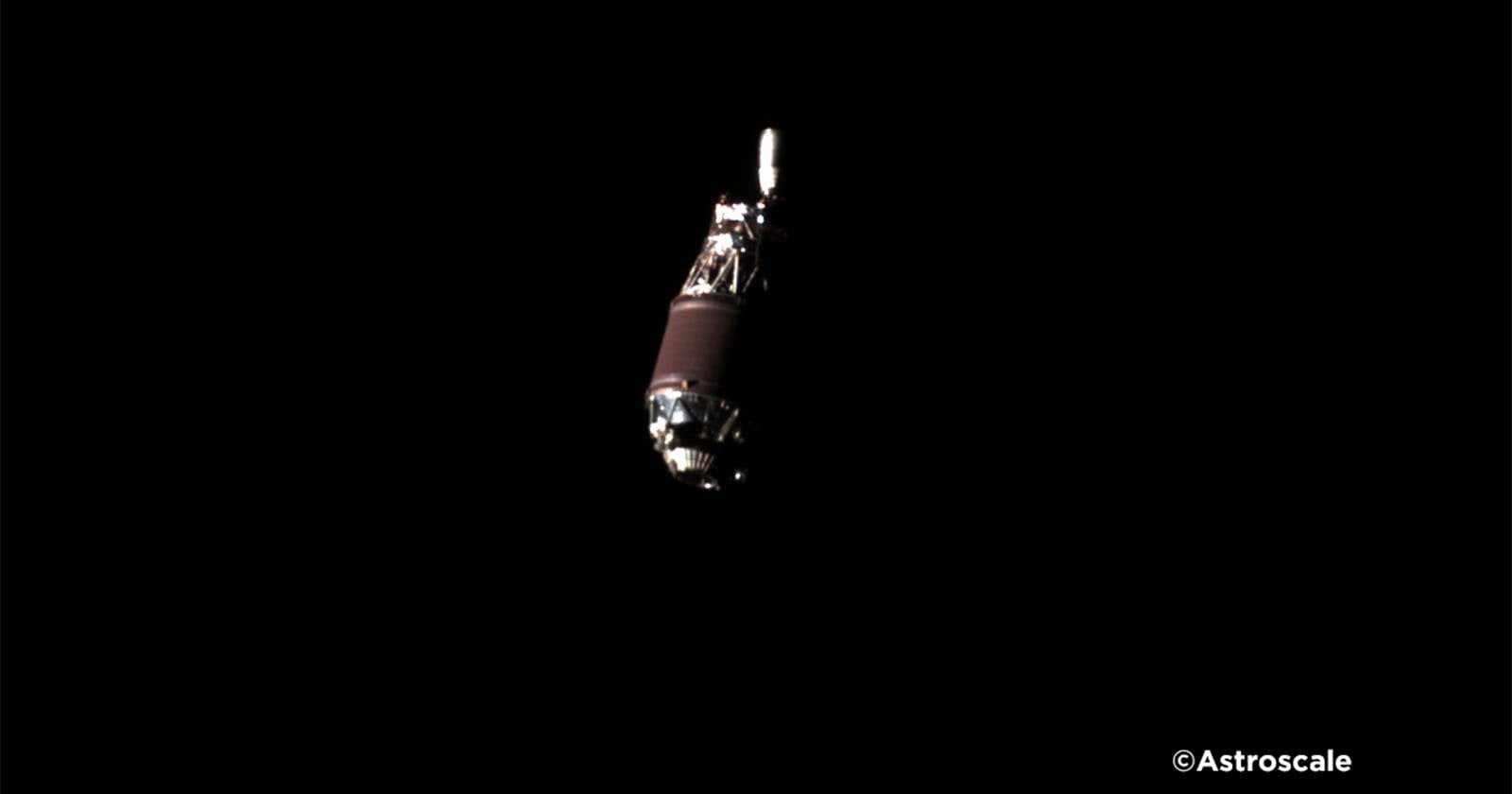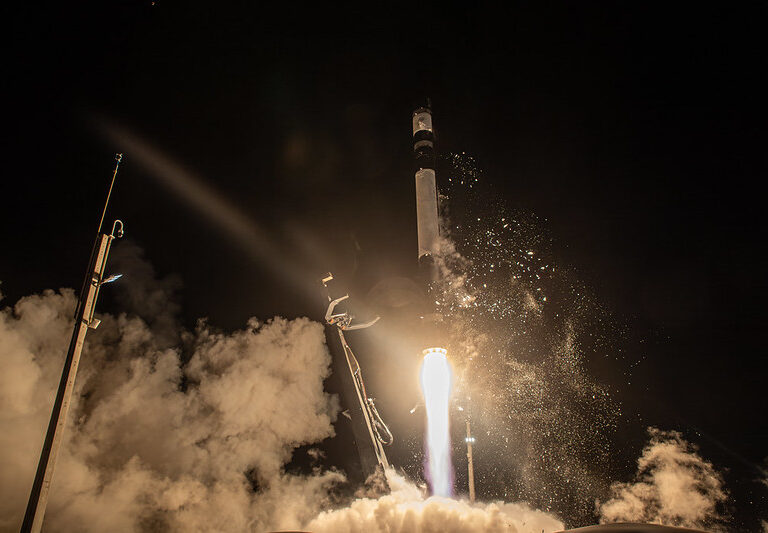Space debris is a growing problem, so companies are working on ways to mitigate it. A new satellite called ADRAS-J was built and launched to demonstrate how a spacecraft could rendezvous with a piece of space junk, paving the path for future removal. Astroscale Japan Inc, the Japanese company behind the satellite, released a new picture from the mission showing a close image of its target space debris, a discarded Japanese H2A rocket's upper stage, captured from just a few hundred meters away.
ADRAS-J stands for Active Debris Removal by Astroscale-Japan, and is the first satellite ever to attempt to safely approach, characterize and survey the state of an existing piece of large debris. This mission will only demonstrate Rendezvous and Proximity Operations (RPO) capabilities by operating in near proximity to the piece of space debris, and gather images to assess the rocket body's movement and the condition of the structure, Astroscale Japan said.
The mission launched from New Zealand on February 18 and is part of Phase 1 of the Japan Aerospace Exploration Agency's plan to deal with space debris. Shortly after launch, the ADRAS-J spacecraft began its maneuvers to rendezvous with the chosen piece of space debris. On April 9, mission engineers maneuvered the spacecraft to a desired position several hundred kilometers away from the rocket stage. Then, by April 16, the spacecraft was able to match the orbit of the rocket stage. By the next day, using navigation inputs from the spacecraft's suite of rendezvous payload sensors, ADRAS-J was able to attain close approach of several hundred meters.
"The unprecedented image marks a crucial step towards understanding and addressing the challenges posed by space debris, driving progress toward a safer and more sustainable space environment," Astroscale Japan said in a press release.
This particular rocket stage was chosen because it did not have any GPS data. Instead, the operations team had to rely on ground based observational data to approximate its position to make the approach. This provided a realistic target for testing debris analysis activity.
The next task, ADRAS-J will attempt to capture additional images of the upper stage through various controlled close approach operations. Astroscale Japan said the images and data collected are expected to be crucial in better understanding the debris and providing critical information for future removal efforts.
A future mission, ADRAS-J2, will also attempt to safely approach the same rocket body through RPO, obtain more images, then remove and deorbit the rocket body using in-house robotic arm technologies.
 Universe Today
Universe Today

